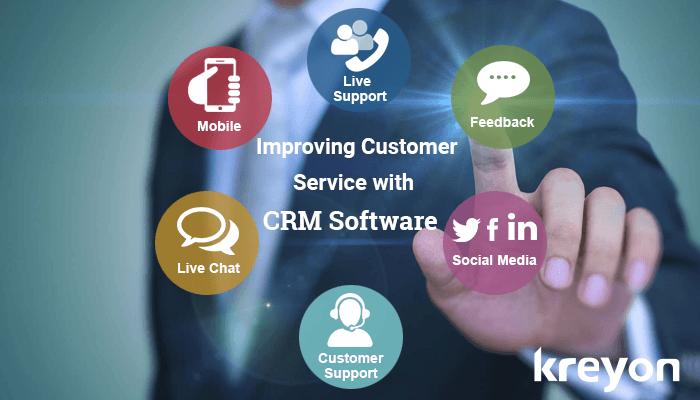How to Maximize CRM for Better Customer Support and Service? It’s the million-dollar question every business owner grapples with. Unlocking the true power of your CRM isn’t just about ticking boxes; it’s about transforming how you interact with customers, boosting satisfaction, and ultimately, driving growth. This guide dives deep into practical strategies, from mastering data organization to leveraging automation and insightful analytics, to show you how to make your CRM a customer service powerhouse.
We’ll cover everything from setting up your system and organizing customer data efficiently to personalizing interactions and tracking key performance indicators (KPIs). Learn how to integrate your CRM with other essential tools, train your team for success, and analyze performance data to continually refine your customer support strategy. Get ready to level up your customer service game!
Understanding Your CRM System
So, you’re ready to supercharge your customer service with a CRM? Awesome! But before diving headfirst into features and integrations, let’s get grounded in the basics. Understanding your CRM system is the first step to truly maximizing its potential. Think of it like learning to drive a race car – you need to know the controls before you can win the race.
A CRM, or Customer Relationship Management system, is essentially a centralized database that stores all your crucial customer information. This isn’t just names and numbers; we’re talking about interaction history, purchase details, support tickets, and even social media engagement. This holistic view empowers your team to deliver personalized, efficient, and ultimately, better customer service.
Core Functionalities of a CRM for Customer Support
The core functionalities of a CRM system relevant to customer support revolve around efficiently managing interactions and improving customer experience. Key features include contact management (organizing and accessing customer information quickly), ticketing systems (tracking and resolving support requests), communication tools (integrating email, chat, and phone interactions), reporting and analytics (measuring key performance indicators), and knowledge bases (providing quick access to solutions and information). A robust CRM will streamline these processes, leading to faster response times and happier customers.
Types of CRM Systems and Their Suitability for Customer Service
CRMs aren’t one-size-fits-all. They come in different flavors, each designed to address specific business needs. Operational CRMs focus on automating tasks and streamlining workflows, ideal for managing daily customer interactions and support tickets. Analytical CRMs, on the other hand, are all about data analysis, helping you identify trends, predict customer behavior, and proactively address potential issues. Collaborative CRMs prioritize teamwork, enabling seamless communication and knowledge sharing amongst your support team. For maximizing customer service, a blended approach, often incorporating elements of all three types, tends to be the most effective. For instance, an operational CRM might handle ticket routing, while an analytical CRM identifies common customer pain points that can then be addressed through improved workflows within the operational system.
Mastering your CRM isn’t a destination, it’s a journey of continuous improvement. By implementing the strategies Artikeld above – from optimizing data management to leveraging automation and insightful analytics – you’ll not only elevate your customer support but also foster stronger, more profitable relationships. Remember, a well-oiled CRM machine isn’t just about efficiency; it’s about creating a truly exceptional customer experience that keeps them coming back for more. So, ditch the outdated methods and embrace the power of a maximized CRM – your customers (and your bottom line) will thank you.
